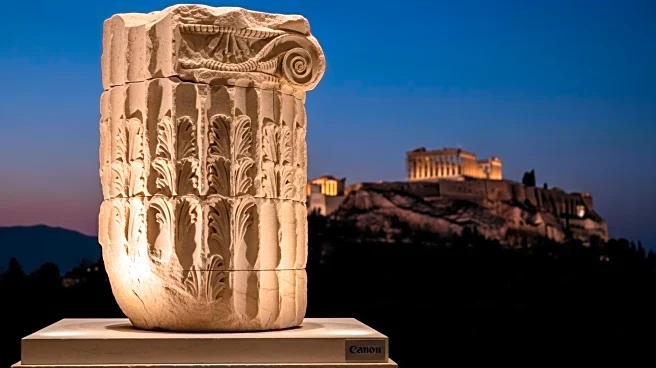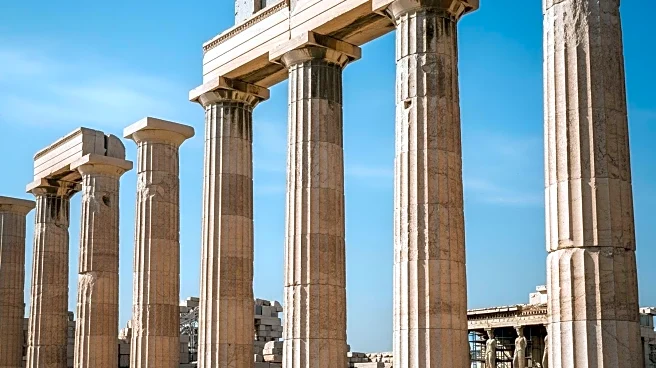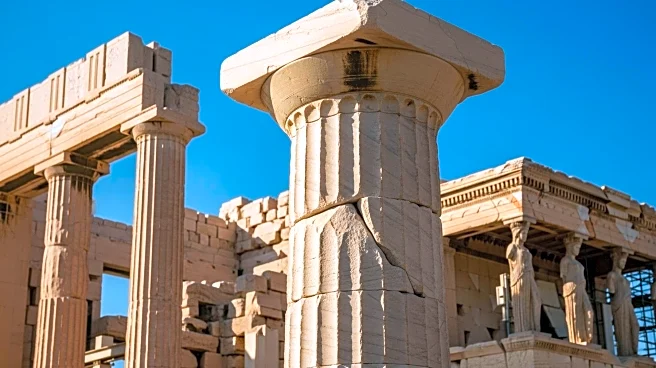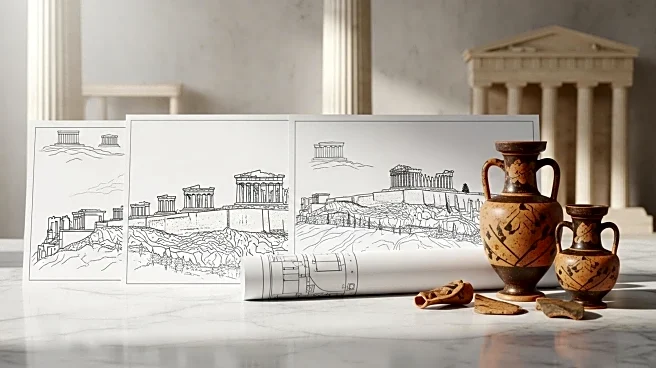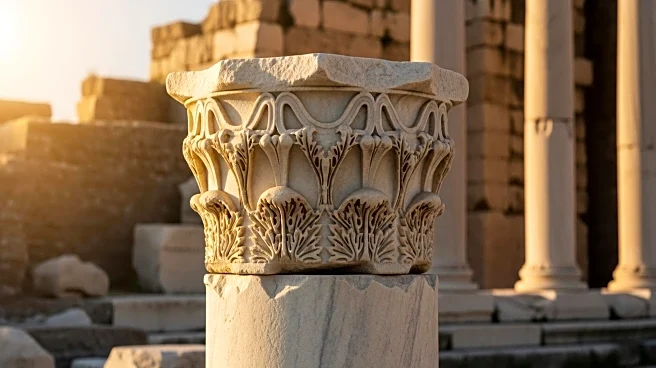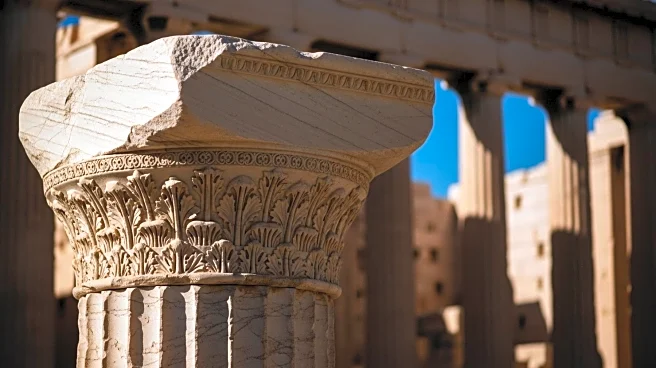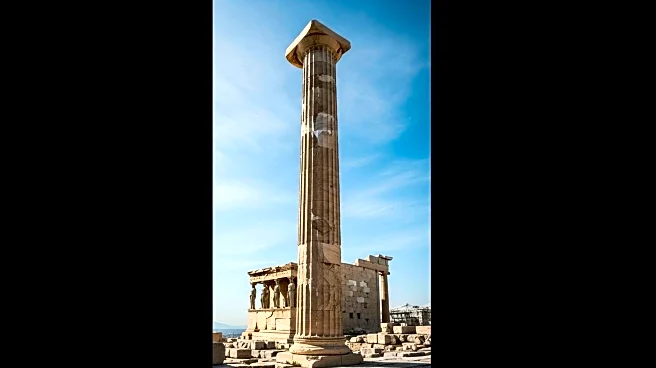The Acropolis of Athens stands as a testament to the architectural and cultural achievements of ancient Greece. Located on a rocky outcrop above the city of Athens, it is home to several ancient buildings, the most famous being the Parthenon. As a UNESCO World Heritage Site since 1987, the Acropolis is recognized for its cultural significance and historical importance. Its legacy continues to influence modern architecture and art, serving as a symbol of the enduring spirit of ancient Greek civilization.
Scope of Legacy
The Acropolis of Athens is not just a collection of ancient ruins; it represents the pinnacle of ancient Greek architectural and cultural achievements. The site includes the Parthenon, the Erechtheion, and the Temple of Athena Nike, each showcasing the advanced engineering and artistic skills of the Greeks. The Acropolis has inspired countless architects and artists throughout history, and its influence can be seen in various neoclassical structures around the world.
Pivotal Contributions
The Acropolis contributed significantly to the development of Western civilization. It was a center for religious and political activities in ancient Athens, reflecting the city's power and influence. The Parthenon, dedicated to the goddess Athena, exemplifies the Greeks' dedication to their deities and their pursuit of perfection in art and architecture. The Acropolis also played a crucial role in the cultural and intellectual life of Athens, hosting philosophers and thinkers who shaped Western thought.
Enduring Influence
The influence of the Acropolis extends beyond its architectural marvels. It has become a symbol of democracy and freedom, reflecting the values of ancient Athens. The site attracts millions of visitors each year, who come to admire its beauty and learn about its history. The Acropolis continues to inspire modern architects and artists, serving as a reminder of the enduring legacy of ancient Greece.
U.S. Relevance
In the United States, the Acropolis has influenced the design of numerous public buildings, including the Lincoln Memorial and the Supreme Court. Its architectural style, characterized by columns and symmetry, is a staple in American neoclassical architecture. The Acropolis also serves as a cultural touchstone, reminding Americans of the democratic ideals that originated in ancient Athens and continue to shape modern governance.
 Discover Daily • 9 min read
Discover Daily • 9 min read 